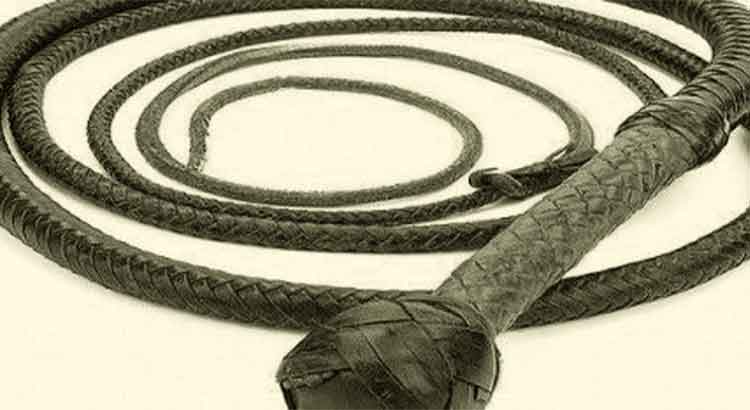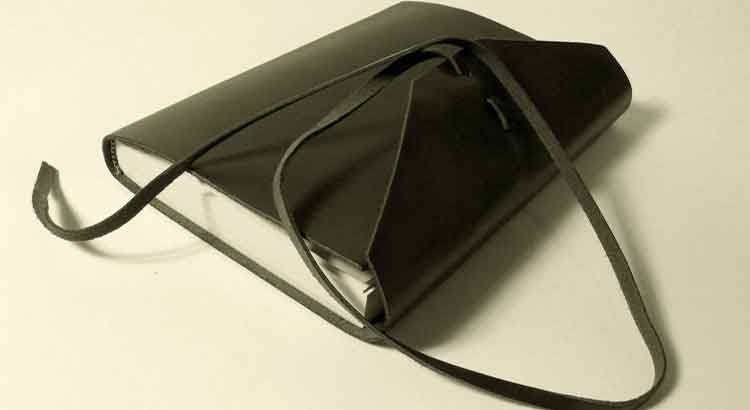I wrote, as if by force, a play and nineteen other Casos—there are now forty-nine, and it is only a short hop from that to a thousand. The thing is: it is funny, when I write verses, I miss the fluidity of prose. But, except for these Notes, prose only comes out reluctantly. I put myself into creating narratives and I already start thinking about when I will finish them, when I will be free of the obligation that I psychologically contracted. Two volumes of Casos, in sequence, and I would give up everything. I get tired mainly of the method, the structuring of the narrative, and then the execution. The style calls for concision, logic, chaining, and the mind seems to work tied together. The theme arises spontaneously and becomes an order. Verses… these, at least, I like to have done when I have forgotten how I judged them in the end…
Tag: literature
Idealizing the Impossible
To live in a quiet place, near a sea or any free and non-aggressive beauty, free from financial worries—we already do literature….—and non-voluntary obligations. Food, security, and a roof over head. That is already a lot. It is already idealizing the impossible. Let’s take away the quiet place and the sea: pure luxury. But to have the rest is also an impossibility. Reason means that, from this rest, take away anything and peace becomes unfeasible. Very well! That’s right! So, have food and a roof over head,—at the cost of a lot of work,—and be happy!
The Men of Letters
Determinism is repugnant. In all its innumerable manifestations, it always presents itself in a mediocre and infamous aspect. However, there are things that cause astonishment. For example, the men of letters. To glimpse all the conjuncture they face, and still dedicate a life to the construction of a work… Deprivation, renunciation, anguish, humiliation… And there they are, overcoming obstacles, with an unjustifiable determination, facing a horizon free of any compensation, working day after day. The explanation only lies in a kind of duty, incomprehensible to most, and which exceeds the rational sense. Individual motivation may well lead to insanity, as long as it abstains from the use of reason. It is hard not to say about these men that they are stimulated by something that goes beyond them…
The Diaries of Men From Other Times
It is always with a smile on my face that I read diaries of men from other times. It is wonderful to compare their routines, their means, everything!, with what I can call my reality. I now close the tiny Diário íntimo of Fernando Pessoa, which covers a mere two months of the poet’s life. It is simply amazing the exercise of comparison, using me as a guinea pig. The first necessity, whenever I read this kind of diary, is for me to adapt the meaning of some words and expressions. For example: the poet says several times “I got up early”, or “I came downtown early”. That means, in my language, “I woke up at nine”, “I left home at ten”. Then, the routine. The poet was always taking walks around Lisbon, having fun from Sunday to Sunday, walking from one office to another, where he sent personal letters and composed verses. In between walks, he made countless stops in the illustrious Brasileira to chat with friends and acquaintances. Once in a while, a quick task, which was followed by more walks and more talkings, almost always literary. What is this? How is it possible? An animal like me, the offspring of a slave generation, cannot assimilate. Is it literature? If I kept a diary, at the age of twenty-four, like the poet, it would be enough to relate a single day to tell how they all were: “I woke up in a bad mood at 5:30 a.m. I went to work. I left it at 5:30 p.m. College. Exhausted, I got home at 10:45 p.m. Unhappy day”. And what about the conversations, the reading of poems in the middle of Monday? I get a chill. If I saw, live and in color, a guy reciting a poem, or simply saying that he read this or that novel, it would be like witnessing a rajah, riding an elephant, strolling down the avenues of my city. Unbelievable! But the reading pleases me and shows me, like no other, the subject that I really am.



